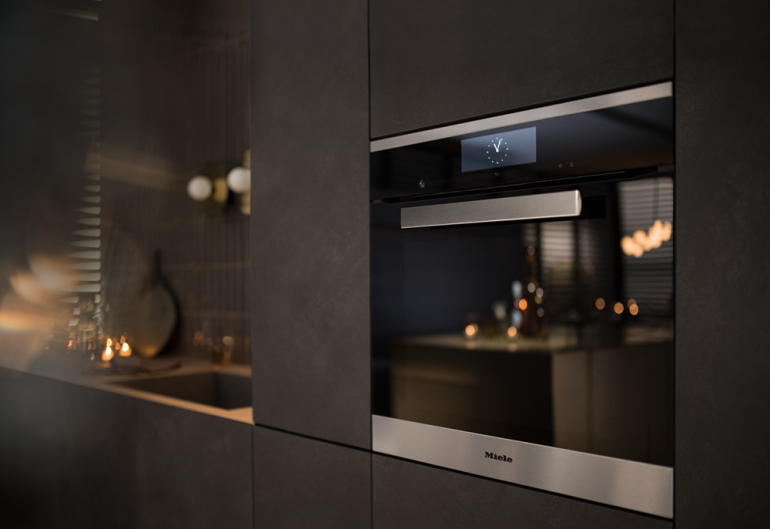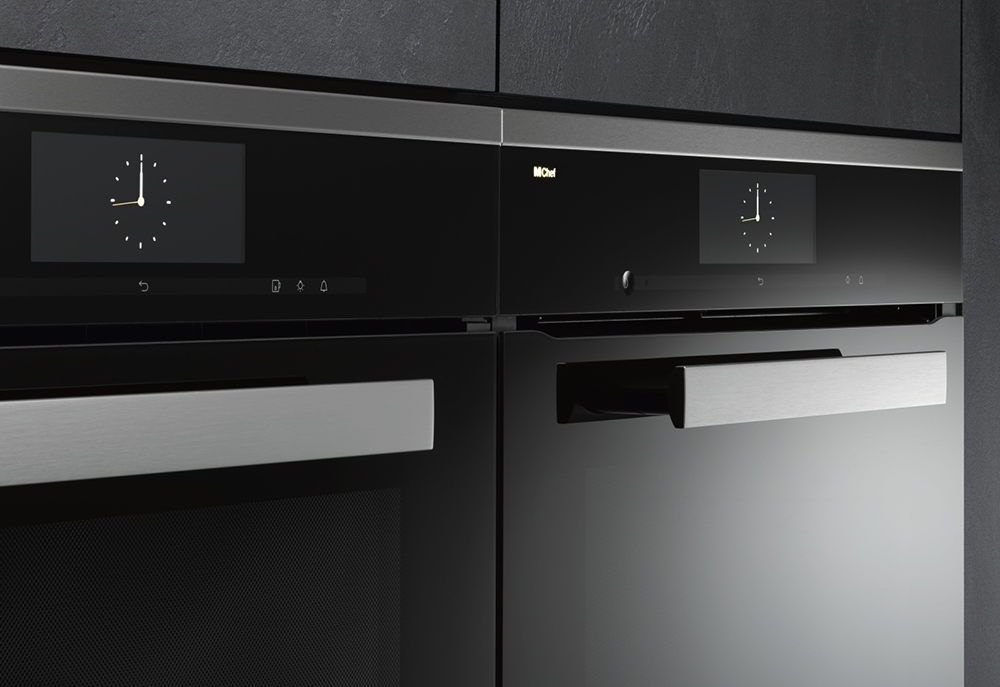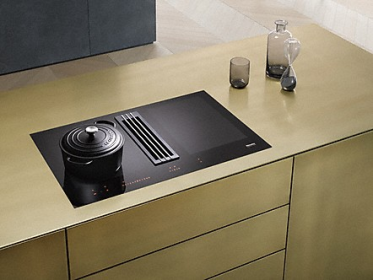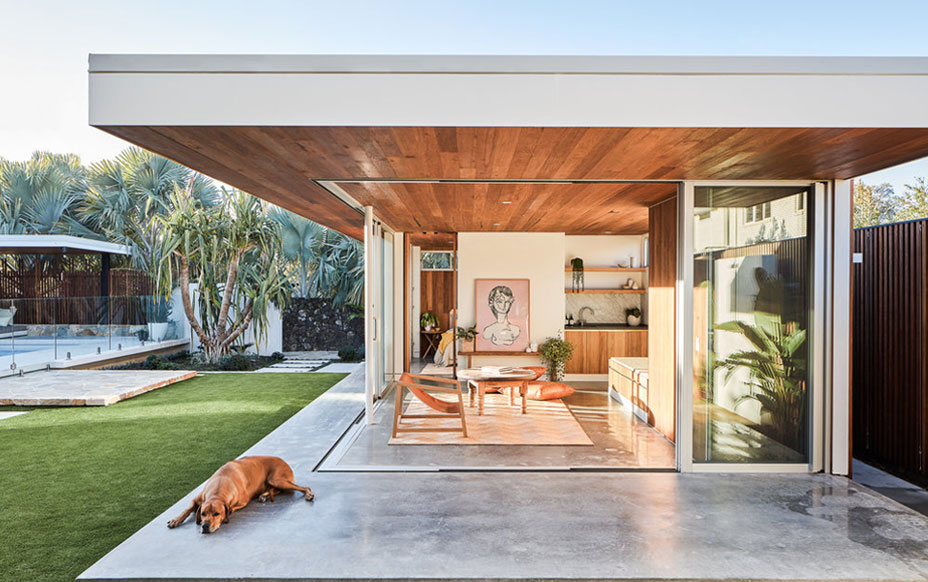
The Miele Dialog Oven with M Chef technology launching in Australia 2019
Truly successful design is about communication, regardless of medium or aesthetic. It is about creating a connection with the user that is both functional and appealing. Of course there is a lot more to it than that, though the principles of good design all hinge on this premise.
In the late 1970s German born industrial designer Deiter Rams – best known for his role at Braun – identified what he called the ten principles for good design. A manifesto or mantra for many product designers, it is the modern rule book and benchmark especially when it comes to appliances.

The Vitsœ 606 Universal Shelving system designed by Deiter Rams, showcasing some of his many products for Braun at the London Design Festival 2017.
Rams’ work for Braun was highly functional, stripped bare of non-essential ingredients and extremely minimal in aesthetic. It has been a clear influence on Apple’s head of design, Jonathan Ive, in developing everything from the original iPod through to the interface design of their operating systems where communication is crucial.
One of his principles was that good design needs to be understandable. That might seem obvious but when new technologies emerge, designers need to find familiar language – both visual and verbal – to express a product's functionality. It is known as skeuomorphism and describes the way software or interfaces are designed to reflect their real-life counterparts.
This approach is literally about communicating functionality through our memories and physical experiences. It is the reason our phones make a click when we take a photo – they don’t need to as there is no shutter but it tells us a photo has been taken. Any other sound would be confusing and of course there is a sense of nostalgia or emotional connection to the past ingrained in the experience.

The iconic Deiter Rams with an equally iconic piece of automotive design. Rams is the subject of a documentary by Gary Hustwit being released this year, titled RAMS.
Think about the automotive design classics. You can still tell a Porsche from a BMW without seeing the badge, and regardless of the technology under the hood. And under the hood is where the real innovation is happening in appliances.
At this April’s Eurocucina exhibition in Milan, Miele presented a serious innovation in the cooking experience – the Dialog Oven with M Chef technology. In familiar language, it is part microwave and part traditional oven but in reality, it is much smarter than that and in 2019 it will be available in Australia.
With dual cooking methods and hi-tech sensors, it literally communicates with your dinner as it cooks, sensing how much heat to apply and where. It means you can cook a fish in a block of ice without the ice melting (seriously, see for yourself) and through their custom app you can control the action remotely.

Miele's Dialog Oven continues their design traditions with some serious advancements in technology under the hood.
Encased in the timeless Miele design aesthetic, it is an advancement that also saves time as the cooking process is over 50% faster and far more precise. It is also the thinking that is timeless and reminds us of where the brand came from in the early 1900s. Starting out making cream separators, Miele’s founders turned them into what we now know as the washing machine and in-turn, the dishwasher.
This kind of thinking aligns with another of Rams’ principles, that good design needs to be innovative. With so many of our everyday possessions turning digital, clear communication can make or break the user experience. So, the next time you invest in an appliance, make sure it speaks to you, without having to reach for the manual.
VIEW THE KICKSTARTER TRAILER FOR RAMS BELOW
_
FOR MORE ON THE MIELE DIALOG OVEN CLICK HERE
+
For a true glimpse into the design principles of Dieter Rams
look into As Little Design as Possible by Apple's Jonathan Ive.

WRITTEN BY HouseLab









